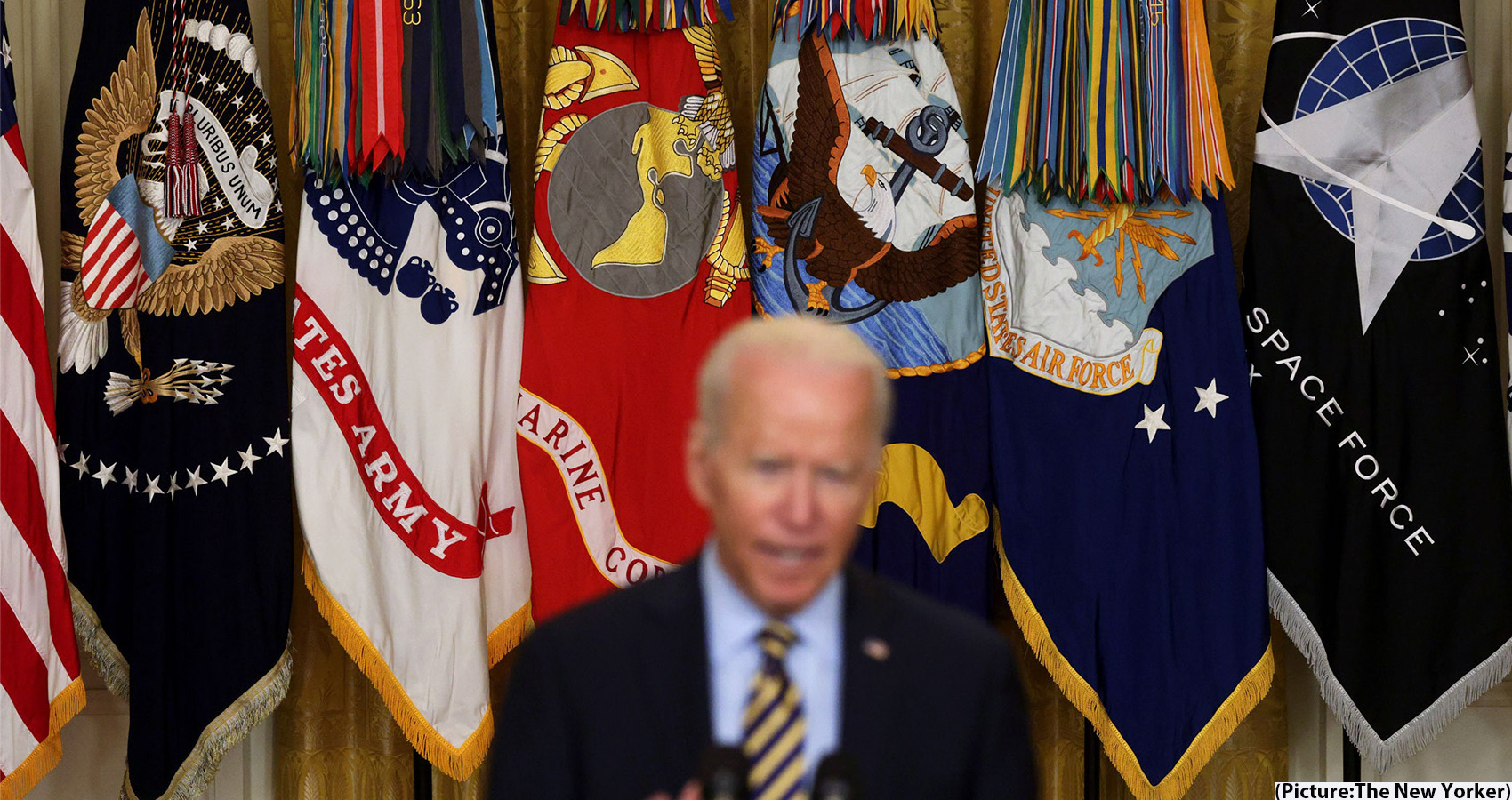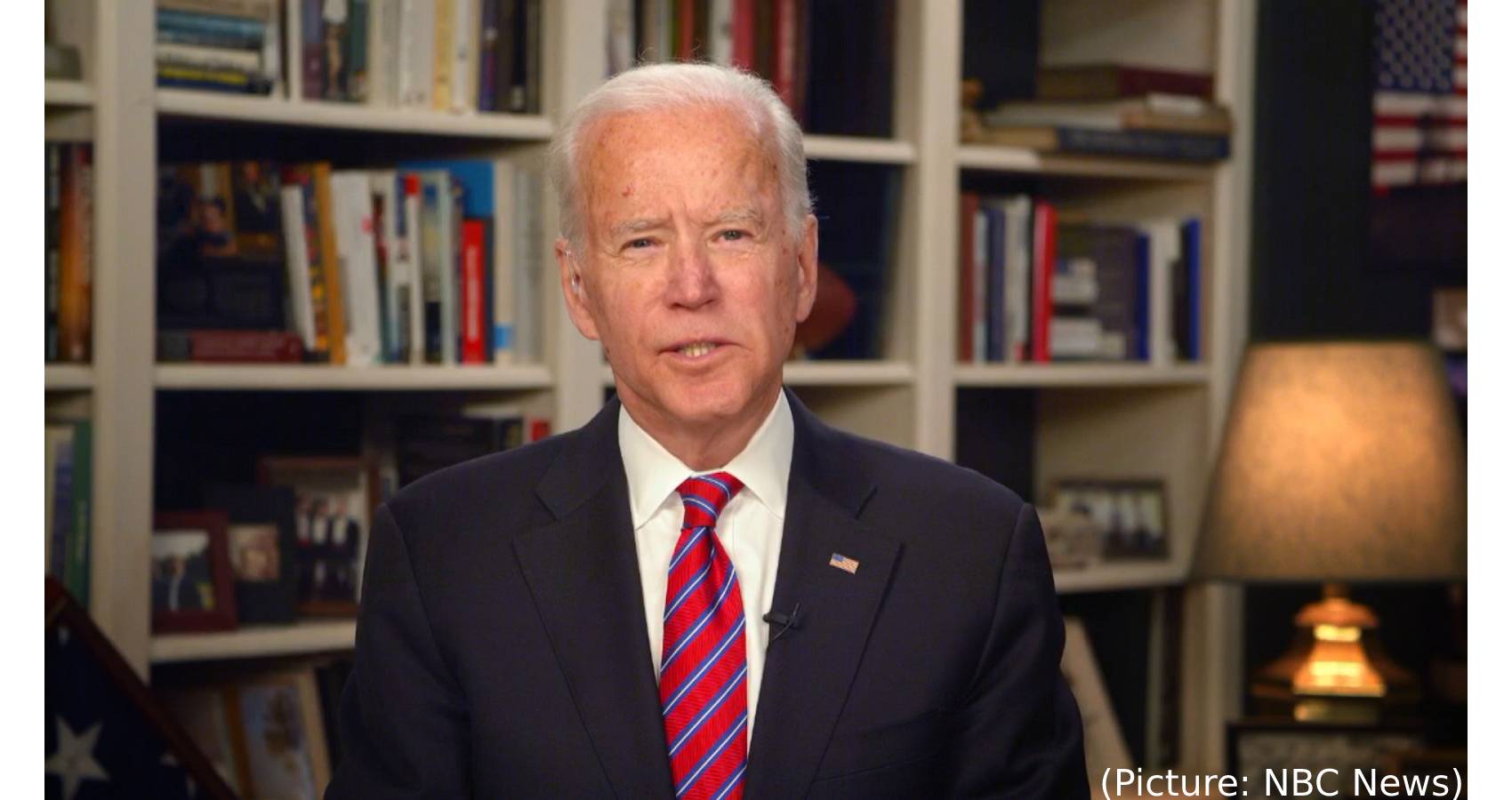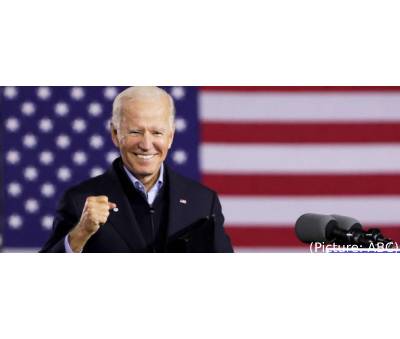Valentine’s Day is a day of love, a special day on which we’re supposed to make sure that those around us know how much we care for them. But on this day when Cupid is supposed to strike us with his arrow, there are several reasons to think “love” (by its many definitions) isn’t what it once was in the United States, for better or for worse.
Indeed, here are four potentially troubling statistics and one potentially positive sign about love in the US. We’re at a 30-year low for sex
Twenty-six percent of Americans ages 18 and up didn’t have sex once over the past 12 months, according to the 2021 General Social Survey. You might think this is just a pandemic effect, but it’s part of a long-term trend. The two years with next-highest percentage of adults saying they didn’t have sex once in the past year were 2016 (23%) and 2018 (23%) — the last two times the survey was conducted. Before 2004, the highest percentage of Americans who said they hadn’t had sex in the past year was 19%.
 Last year’s survey was also the first time that the percentage of Americans who had sex once a month or less topped 50%. In 1989, 35% of American adults had sex once a month or less.
Last year’s survey was also the first time that the percentage of Americans who had sex once a month or less topped 50%. In 1989, 35% of American adults had sex once a month or less.
Some of this has to do with fewer people getting married and an aging population, but that doesn’t explain all of it. Among married couples under the age of 60, 26% had sex once a month or less in 2021. In 1989, it was 12%. The 1980s really were better for sex.
We’re at a 30-year low for living together: Fewer people are living together with a partner.
It’s not just about sex. Some 62% of Americans ages 25 to 54 lived with a partner or were married, according to a 2021 Pew Research Center study of 2019 US Census Bureau data. This included 53% who were married and 9% who were cohabitating. That’s well below the 71% of couples who lived together in 1990, with 67% married and 4% cohabitating.
You might think the growing share of unmarried people living without a spouse is due to rising educational levels among women who don’t need the financial support of a man. The statistics tell a different story, though. Better educated people and higher wage earners are the most likely to live with a partner or be married. A lot of people won’t get married if they don’t think it’s financially feasible, according to Pew polling.
There’s also been a higher increase in unmarried men living alone (10 points) than women (7 points) compared to the 1990 baseline.
Partnership is at a low, not just marriage Could it just be the case that people are still in relationships, but don’t want to be tied down by either living together or being married? Yes, but the statistics suggest something else is cooking.
The General Social Survey has, on and off since 1986, asked participants whether they had a steady partner. This past year, 30% of adults ages 25 to 54 (the same age bracket as the Pew study) indicated that they did not have a steady partner. In 1986, it was 20%. In fact, the percentage of 25- to 54-year-olds who said they didn’t have a steady partner never topped 23% prior to the 2010s. It’s been 25% or above in every survey since.
Interestingly, as the population ages and more Baby Boomers have gotten above the age of 55, the percentage of older folks in a relationship has stayed fairly steady — in the mid-to-high 60s on average.
That means this trend toward singledom is more about young people than older people. It’s the same with sex: The percentage of those age 55 and older not having any sex in the last year (40%) is about the same as it was 30 years ago.



 Biden’s approval rating on the coronavirus had consistently been in the 60s for the first six months of his presidency. That declined to the high 50s in July and has been sunk to the 50s in the month of August. Biden’s overall approval rating has declined at a similar rate to his coronavirus pandemic approval rating. The problem for Biden is that people are reacting to what they see on the ground. Coronavirus cases and hospitalizations are the
Biden’s approval rating on the coronavirus had consistently been in the 60s for the first six months of his presidency. That declined to the high 50s in July and has been sunk to the 50s in the month of August. Biden’s overall approval rating has declined at a similar rate to his coronavirus pandemic approval rating. The problem for Biden is that people are reacting to what they see on the ground. Coronavirus cases and hospitalizations are the 
 Biden, though, hasn’t really picked up any new supporters since the election. His approval rating matches his vote share (51%) and favorable rating in the exit polls (52%) nearly perfectly. On the other hand, it’s been noticeable how Biden’s relative ranking on approval rating has risen the more time has gone on. Biden’s initial approval rating was near the bottom (only beating Trump) back in January.
Biden, though, hasn’t really picked up any new supporters since the election. His approval rating matches his vote share (51%) and favorable rating in the exit polls (52%) nearly perfectly. On the other hand, it’s been noticeable how Biden’s relative ranking on approval rating has risen the more time has gone on. Biden’s initial approval rating was near the bottom (only beating Trump) back in January.